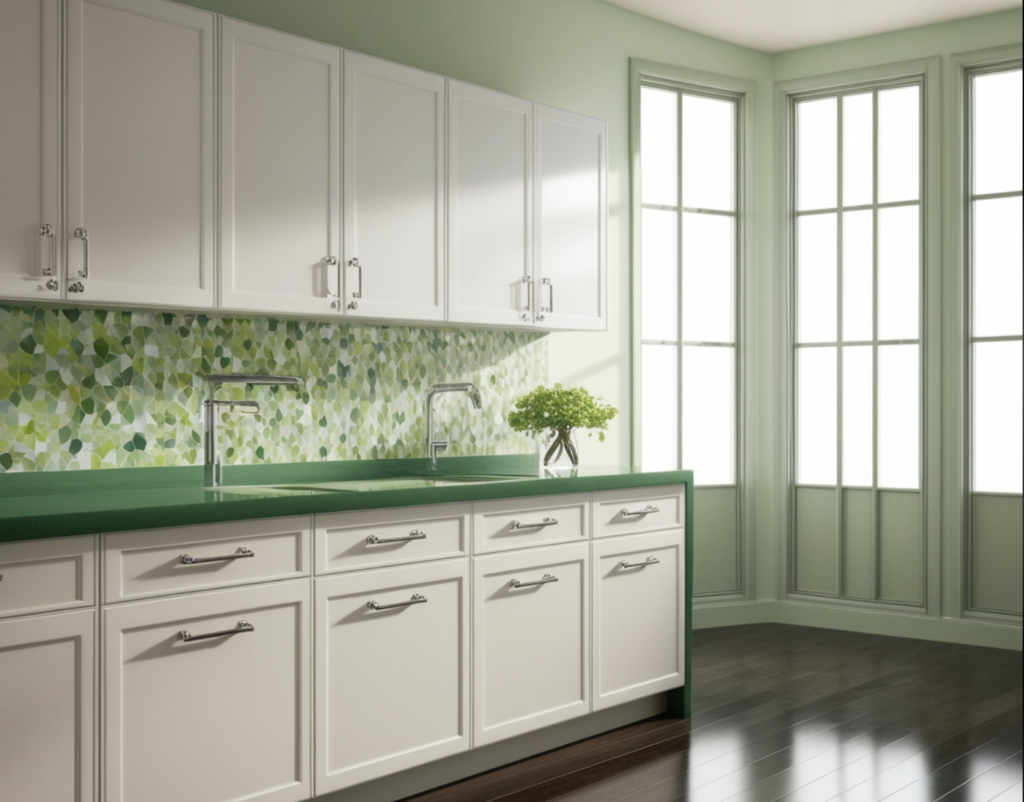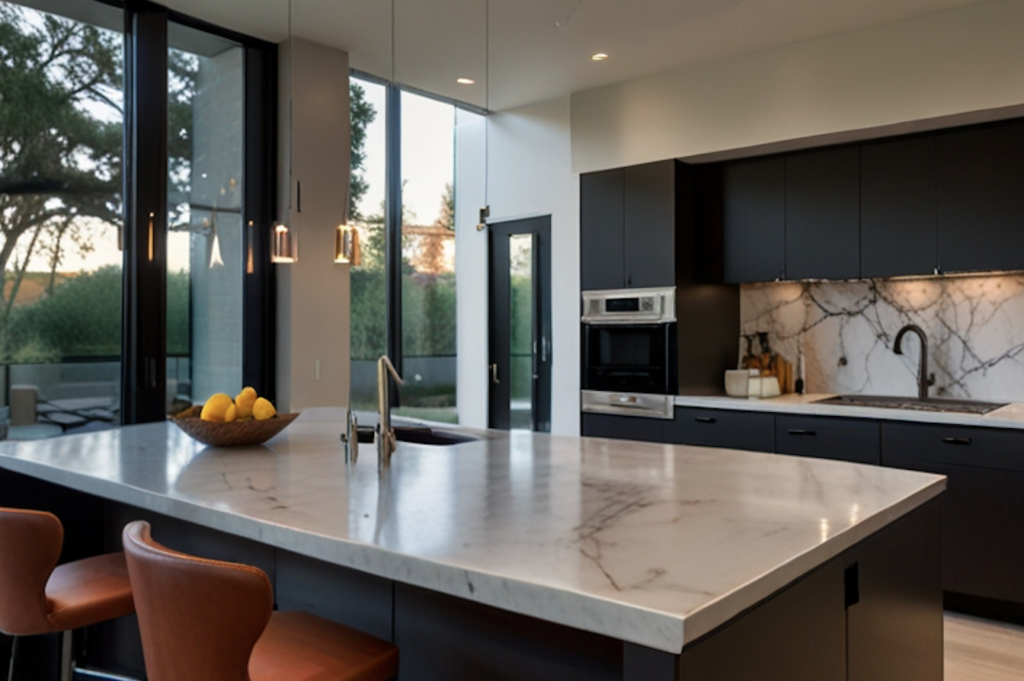As kitchen remodelers, we understand the transformative power of design. But have you ever stopped to consider the impact of color? Beyond aesthetics, color can significantly influence the mood, atmosphere, and overall appeal of a kitchen space. In this article, we’ll delve into the psychology of color, explore popular trends, and provide practical tips for creating a cohesive and visually stunning color scheme.
The Psychology of Color in Kitchen Design
Colors evoke emotions and can have a profound impact on our perception of a space. Consider these psychological effects:
- Warm Colors: Red, orange, and yellow are associated with energy, stimulation, and appetite. They can create a vibrant and inviting atmosphere, perfect for fostering social gatherings and enjoying meals.
- Cool Colors: Blue, green, and purple are often associated with calmness, relaxation, and focus. These colors can create a serene and soothing ambiance, ideal for a kitchen where you want to unwind and enjoy a peaceful meal.
Popular Color Trends for 2023
While the psychology of color remains constant, popular color trends in kitchen design evolve with time. Here are some of the hottest hues for 2023:
- Earthy Tones: Shades of green, brown, and beige are making a comeback, bringing a sense of nature and tranquility to the kitchen.
- Bold Blues: Deep blues, such as navy and teal, are adding a touch of sophistication and drama to contemporary kitchens.
- Neutral Nuances: Classic black, white, and gray remain popular choices for their versatility and ability to complement various design styles.

Creating a Cohesive Color Scheme
A well-balanced color scheme is essential for a visually appealing kitchen. Consider the following tips:
- The 60-30-10 Rule: Use this rule to create a harmonious balance. Choose a dominant color for 60% of the space (walls, cabinets), a secondary color for 30% (countertops, backsplash), and an accent color for 10% (accessories, appliances).
- Color Accents: Incorporate bold accent colors through accessories like chairs, artwork, or textiles to add personality and visual interest.
- Material and Color Harmony: Consider how colors interact with materials. For example, warm colors can complement natural wood cabinets, while cool colors can enhance the sleekness of stainless steel appliances.
Case Studies: Color Transformations
To truly appreciate the power of color, let’s explore some kitchen remodel case studies.
- Case Study 1: A small, outdated kitchen was transformed into a modern oasis by painting the walls a crisp white and adding bold blue cabinets. The contrast created a sense of spaciousness and a fresh, contemporary vibe.
- Case Study 2: A traditional kitchen was given a new lease on life with a warm, earthy color palette. The walls were painted a soft beige, combined with dark brown cabinets and natural wood countertops. The result was a cozy and inviting atmosphere.
Conclusion
As you can see, color plays a crucial role in creating a kitchen that is not only functional but also visually appealing and emotionally impactful. By understanding the psychology of color, following current trends, and creating a cohesive color scheme, you can transform your kitchen into a space that reflects your personality and inspires your culinary adventures.




